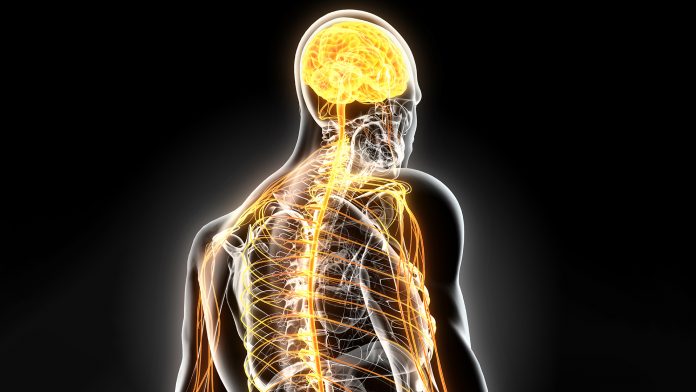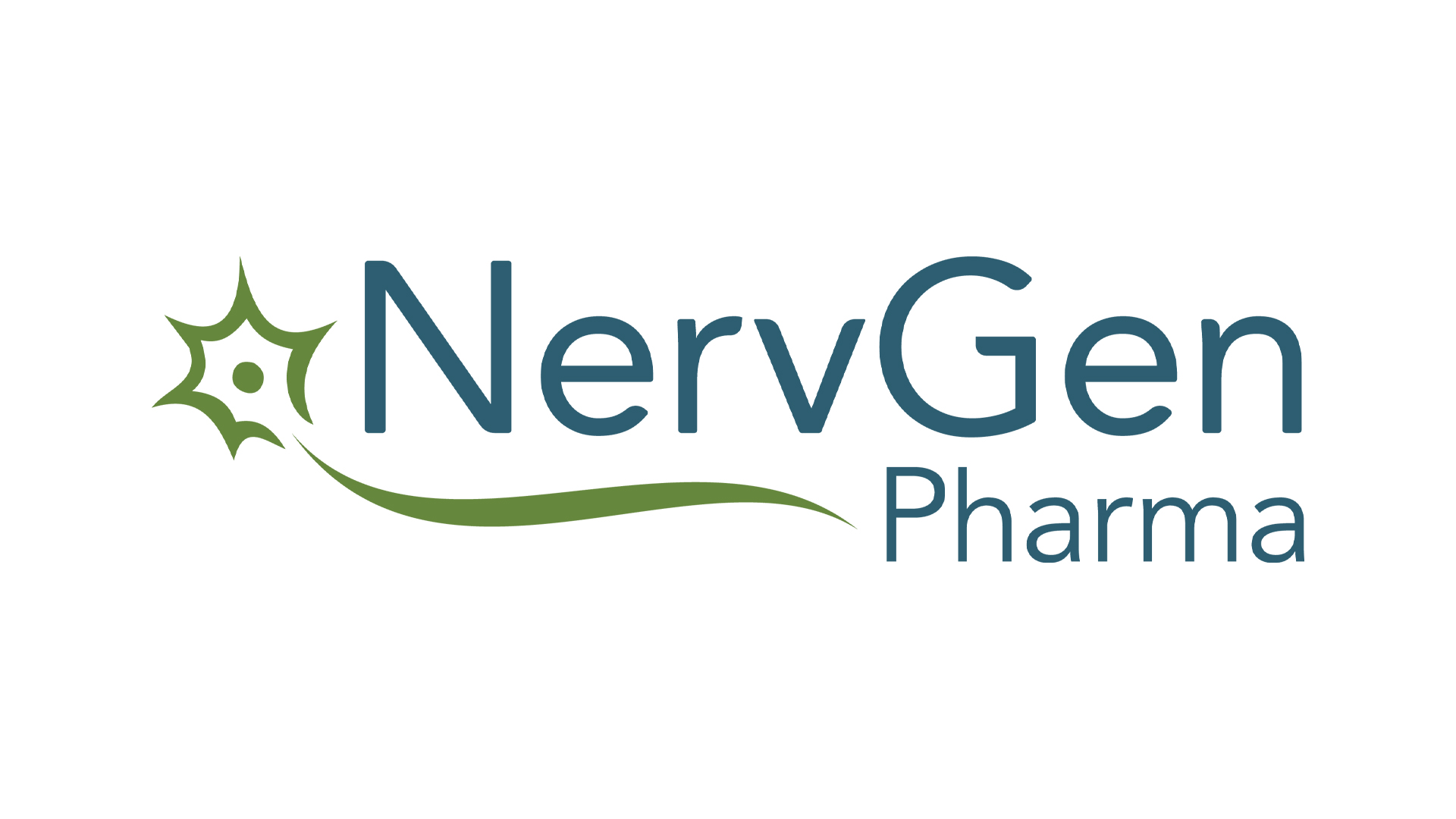
For decades, medical researchers have struggled in vain to solve the mystery of how to reverse paralysis caused by serious spinal cord injuries.
Finally, hope appears to be at hand. Remarkable video footage recently well-publicised in the media shows how partially paralysed mice regained their ability to walk again with no impairment after receiving experimental drug treatment.
The injectable pre-clinical therapy, which is designed to regenerate nerve cells in spinal cord injuries, is being developed by researchers at Northwestern University in Evanston, Illinois.
However, researchers have yet to make the giant leap from animal to human clinical trials, meaning that this drug candidate is quite a few years away from potentially being approved by government regulators for commercialisation.
Yet another experimental therapy that has achieved more impressive results with laboratory rodents – even enabling previously paralysed rats to climb tiny ladders – is much further along on the developmental curve.
NVG-291
This novel drug candidate is known as NVG-291 and is the brainchild of a renowned neuroscientist, Dr Jerry Silver, who has licenced his technology to a Canadian life sciences company NervGen Pharma Corp.
Dr Silver’s innovation offers renewed hope for the estimated 300,000 to 500,00 North Americans who dream of one-day regaining sensation and motor function in their paralysed limbs. This is similarly the case for more than a million Americans who have debilitating peripheral nerve injuries.
Currently, those suffering from a spinal cord injury find no relief from existing medications as there are none that have been approved. So they will be encouraged to learn that NVG-291 is already undergoing Phase 1 clinical trials, aimed at demonstrating its safety and lack of toxicity in healthy human trial volunteers.
This drug candidate is now being readied for pivotal Phase 2 human clinical trials in 2022. This is when its efficacy will be put to the test for the first time in humans afflicted by a range of debilitating spinal cord injuries and other nerve damage. This is where Dr Silver says he expects to get impressive results due to the surprising similarity between the central nervous systems of rats and humans.
With decades of ground-breaking medical research to his credit at Case Western Reserve University in Cleveland, Ohio, Dr Silver is a professor of neurosciences and a leading global expert on spinal cord injury.
He is also the recipient of the Ameritec Prize for significant accomplishments towards a cure for paralysis and the Christopher Reeve-Joan Irvine Research Medal for his groundbreaking research. His seminal work has been covered by major news outlets dating back as far as his appearance in the New York Times in 1987.
Now, several decades later, his advanced-stage research work has taken on greater urgency. This is because the pharmaceutical industry has yet to bring to market any drugs that are able to repair injured nerves and allow patients to regain or improve key bodily functions. Unfortunately, current treatments that simply slow down or mitigate the debilitating effects on the human body resulting from the mass death of neurons in the brain or spine do not work in spinal cord injury.
Accordingly, Dr Silver envisions that NVG-291 has the potential to revolutionise the treatment of spinal cord injuries. This is because it is designed to heal nerve damage by unleashing the body’s natural ability to repair itself. What is especially disruptive here is that NVG-291 doesn’t just repair nerve cells; it does more. It actually creates new neural pathways via the extraordinary process of neural plasticity.
Dr Silver says he is unaware of any other in-development drugs that can empower the “sprouting” (growth and fortification) of healthy neurons – commonly known as plasticity. In effect, this allows the regenerative healing process to be accompanied by the rejuvenation of all the healthy neurons that still exist at the site of injuries, such as the brain or spinal column.
A eureka moment decades in the making
Dr Silver was the first to identify a class of molecules in the central nervous system called chondroitin sulfate proteoglycans (CSPGs). He theorised that CSPGs inhibit the regeneration and sprouting of neurons.
His eureka moment came when he found that axons are freed from the debilitating effects of CSPGs when treated with NVG-291. By essentially hiding the CSPGs from neurons, the nervous systems of his laboratory rats were able to repair themselves and sprout new neural pathways.
Besides treating spinal cord injury, this new drug mechanism has also shown considerable promise in the treatment of multiple sclerosis (MS), traumatic brain injury, stroke, and even Alzheimer’s disease. All told, it offers new hope to tens of millions of sufferers of neurodegenerative diseases worldwide.
Dr Silver explained: “NVG-291 is a peptide (a small protein) that works by targeting the specific receptor ‘tyrosine phosphatase sigma’ (PTPσ), that blocks nerve repair following injury, whether as a result of physical trauma or disease-specific mechanisms, such as in MS or Alzheimer’s disease.”
It also bears restating that pre-clinical studies have demonstrated that NVG-291 can improve motor function, sensory function and cognition – essentially enabling the ability to walk, grasp objects, detect heat, and recall memories.
Summing up the implications of this milestone achievement for those with a spinal cord injury, Dr Silver, said: “We found success in re-growing axons and improving function in animals that had problems with their limbs, bladder and diaphragm, which was hampering them from breathing. As these are common and potentially fatal conditions in humans following paralysis, improvements in these areas in the rats were especially promising.
“When the molecule was administered non-invasively via injections under the skin, it interfered with the signalling of the CSPGs, allowing for robust axon regrowth resulting in greatly improved bladder function and improved locomotion in animal models of spinal cord injury.”
This work has been independently replicated in a German laboratory by other scientists, who also used rats. Interestingly, they used doses of NVG-291 that were 50 times higher than those used by Dr Silver. The study achieved even better recovery outcomes while noting no toxicity issues with the rats from experiencing such comparably high doses.
A key takeaway here is that no drugs have ever before been approved anywhere in the world for nerve repair. Accordingly, as NervGen continues to make impressive strides towards the prospective launch of a game-changing new class of drugs, its story is sure to offer renewed hope to many millions of people worldwide.

It is also worth noting that NervGen is concurrently conducting a Phase 1 clinical trial for NVG-291, and in 2022 plans to start three separate trials in patients for those afflicted with spinal cord injuries, Alzheimer’s disease and MS.
All told, there are tens of millions of people worldwide who suffer from these ubiquitous diseases – all of which are among the hardest to treat known to humankind due to the daunting complexities of fixing a damaged central nervous system.
Could NVG-291 prove to be a quantum leap in solving this challenge? For this reason, next year’s Phase 2 clinical trials promise to garner plenty of attention within the medical research community. After all, the stakes could not be much higher for anyone with a spinal cord injury.
Dr Silver said: “It is our hope that this technology can improve the lives of the many people living with debilitating nerve damage. And we’re very confident that we’re on the right track.”
About the author
Marc Davis has a deep background in the capital markets spanning 30 years, having mostly worked as an analyst and stock market commentator. He is also a longstanding financial journalist. Over the years, his articles have appeared in dozens of digital publications worldwide. They include USA Today, CBS Money Watch, The Times (UK), Investors’ Business Daily, the Financial Post, Reuters, National Post, Google News, Barron’s, China Daily, Huffington Post, AOL, City A.M. (London), Bloomberg, WallStreetOnline.de (Germany) and the Independent (UK). He has also appeared in business interviews on the BBC, CBC, and SKY TV.
This article is from issue 20 of Health Europa Quarterly. Click here to get your free subscription today.


























